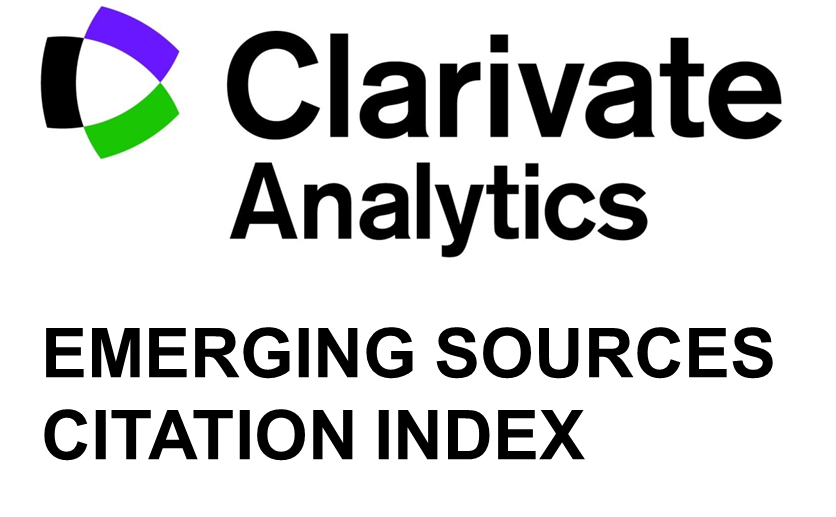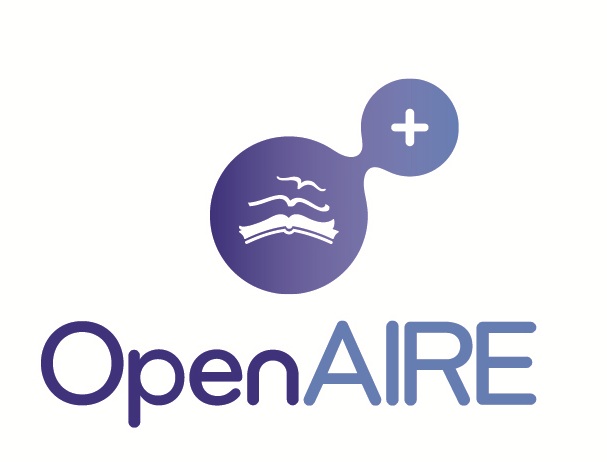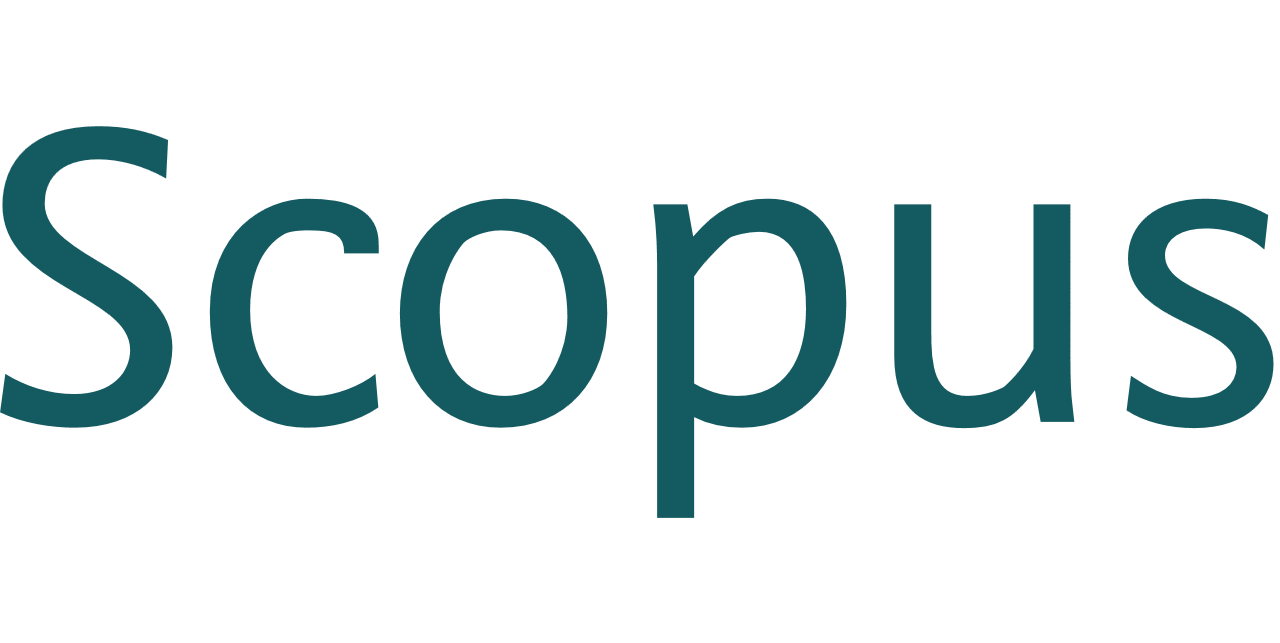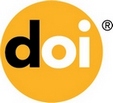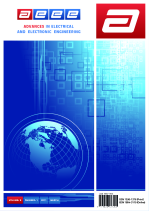Torque Quality Improvement in Induction Motor for Electric Vehicle Application Based on Teamwork Optimization
Anjan Kumar Sahoo, Ranjan Kumar Jena
DOI: 10.15598/aeee.v20i4.4538
Abstract
The tailpipe emission caused by the vehicles using internal combustion engines is a significant source of air pollution. To reduce the health hazards caused by air pollution, advanced countries are now adopting the use of Electric Vehicles (EVs). Due to the advancement of electric vehicles, research and development efforts are being made to improve the performance of EV motors. With a nominal reference stator flux, the classical induction motor drive generates significant flux, torque ripple, and current harmonics. In this work, a Teamwork Optimization Algorithm (TOA)-based optimal stator flux strategy is suggested for torque ripple reduction applied in a Classical Direct Torque Controlled Induction Motor (CDTC-IM) drive. The suggested algorithm's responsiveness is investigated under various steady-state and dynamic operating conditions. The proposed Direct Torque Controlled Induction Motor (DTC-IM) drive's simulation results are compared to those of the CDTC-IM and Fuzzy Direct Torque Controlled Induction Motor (FDTC-IM) drives. The proposed system has been evaluated and shown to have reduced torque ripple, flux ripple, current harmonics, and total energy consumption by the motor. Further, a comparative simulation study of the above methods at different standard drive cycles is presented. Experimental verification of the proposed algorithm using OPAL-RT is presented. The results represent the superiority of the proposed algorithm compared to the CDTC- and FDTC-IM drive. The torque ripple reduction approach described in this study can also be applied to all types of induction motors, not only those for electric vehicles or Hybrid Electric Vehicles (HEVs).








